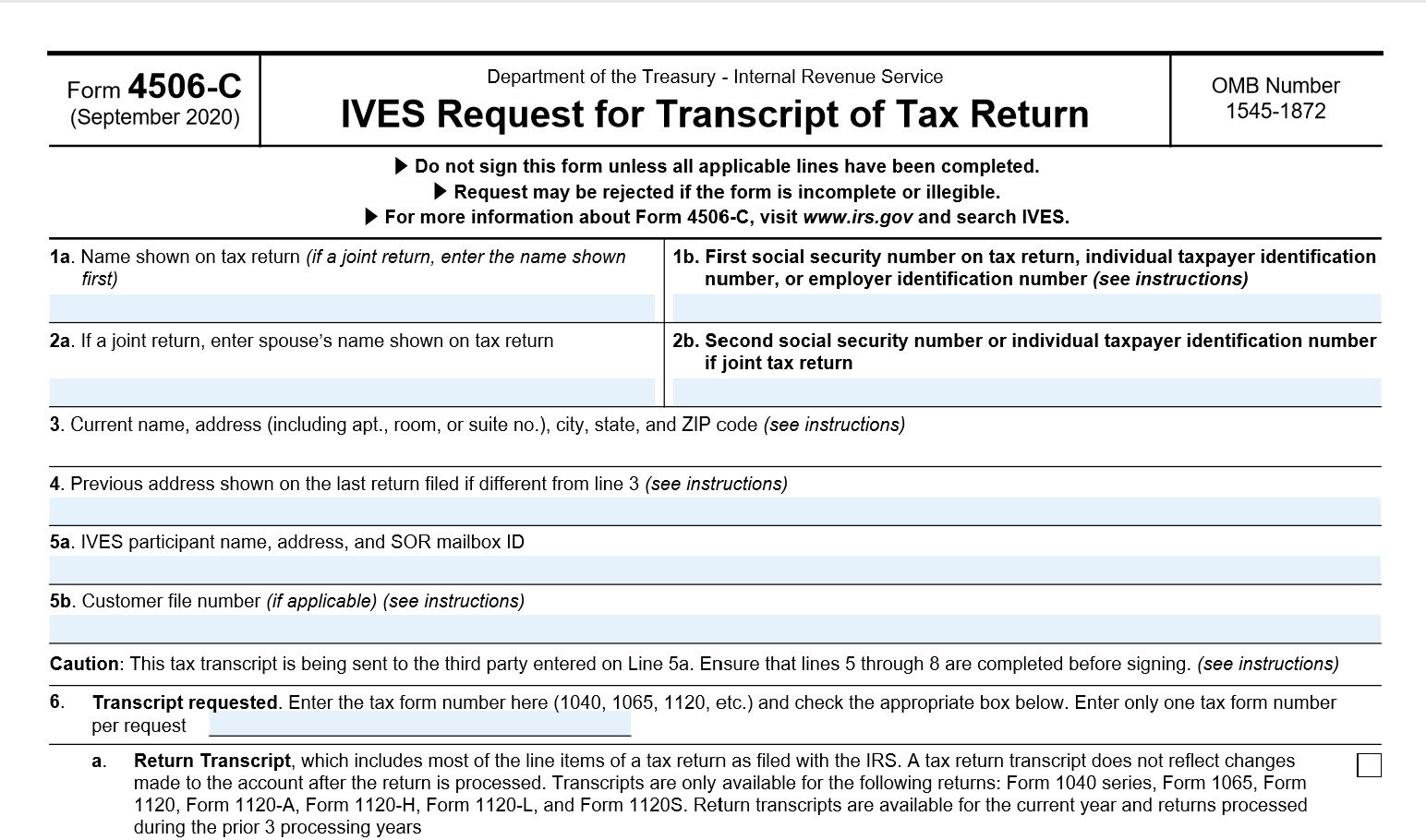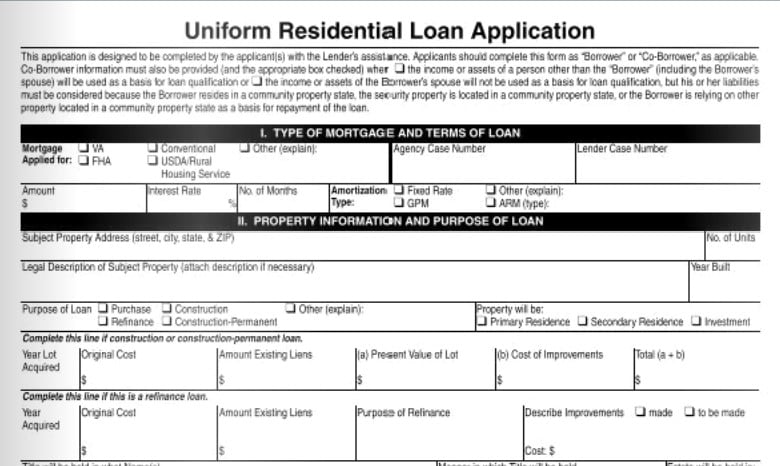3 reasons why your post-closing department loves eClosings and eNotes
Lenders are finding there are a host of upsides to eClosings — and their post-closing departments are reaping some of the main benefits.
In a series of recent webinars, DocMagic clients reveal three key reasons that their post-closing departments prefer digital closings, and especially eNotes (electronic promissory notes):
1. No more time wasted hunting down missing signatures or initials.
This is actually a benefit with any eClosing, including basic eSign Hybrids that produce paper promissory notes.
“The post-closing department, previous to eClosings, had to scrub every document for accurate signatures. For some reason, borrowers just simply could not find the exact same name on every document,” said Chrissy Brown, COO at Atlantic Bay Mortgage Group, which has branches in nine states. “Did they miss a date? Do we have to go back and get something re-dated? Anytime you replace that human element with an electronic or technological advancement, you definitely increase your accuracy.”
Watch the webinar: True Stories: Hybrid, eNote and RON implementation
Beth Eller, the vice president of mortgage services at North Carolina-based Truliant Federal Credit Union, agrees. “The efficacy of it from an operational standpoint is tremendous. There is no missed signature. There is no missed initial. You can't move forward in an electronic closing without hitting every single one,” she said. “So that post-closing follow-up becomes really a non-event as far as the closing package itself goes.”
2. Speed and simplicity: It’s faster and easier to deliver eNotes where they need to go.
A common refrain among the clients was how quick and simple it is after the closing to transfer the eNote. With the click of a few buttons, the eNote is immediately registered with the MERS eRegistry and then sent via instantaneous eDelivery to the eVaults of various participants (whether the lender’s own or downstream to investors and servicers).
Once the eNote is signed, said Stephanie Zinsmeister, senior vice president of operations at AnnieMac Home Mortgage, “Boom, it's in MERS and it's ready to be sold instantaneously without having to transfer it [among] five or six different hands and risk losing that note.”
Jeff Reeves, co-founder and CTO of Canopy Mortgage, which operates in more than half the states, agrees: “It’s this simple: literally when that package is signed and you have an eNote, I go to DocMagic’s console, I hit the button to transfer Control and Location to the warehouse bank, and then they go into their system and they hit the button to send it to Fannie or to PennyMac or to whoever’s going to buy that loan from us.”
Watch the webinar: Managing a successful eClosing initiative
Truliant’s Eller noted that the immediate delivery of the eNote easily shaves six to eight days off the servicing and backend process. Loans can be sold immediately. “It is a better delivery method than paper, any way you cut it,” she said.
Additionally, there’s less of the traditional back-and-forth that happens with a paper note.
“You have one place that you go to grab that package,” Zinsmeister said. “You don't have to wait for paper to come in. You don't have to wait for a title company to email it to you. Post-close, I can just go in there and grab that closed loan package.”
This speed and ease of delivery is why Atlantic Bay’s Brown wasn’t too concerned when in August 2020, Fannie Mae and Freddie Mac suddenly instituted a new Adverse Market Refinance Fee that added 50 basis points to most mortgage refinances.
“Luckily, that [fee] got extended, but in that moment, it was amazing to have that eNote capability … we were able to deliver a lot longer into the process than some of our competitors that didn’t have that [eNote] process, because we’re able to sell instantaneously,” she said.
3. Paper notes can be lost, while eNotes are impossible to lose or destroy.
Let’s be honest: Sometimes FedEx or UPS mess up.
As the lenders noted, with just a few clicks, eNotes are instantly sent where they need to go. With paper notes, however, lenders have to rely on a shipping company such as FedEx or UPS to deliver the note to the correct custodian. But this leaves room for human error, and many, many lenders know what it’s like to have the delivery service lose a note.
In April, UPS lost one of Canopy Mortgage’s paper notes. Usually in such a scenario, the borrower is willing to re-sign the note. Not in this case.
“This person was a real estate attorney and made a huge stink about the fact that he didn’t want to sign another note because it’d be a duplicate, and somehow, we were going to shaft him because we have two notes. ‘What if we found the other one?’ and on and on,” Reeves said. The borrower forced Canopy to draw up an indemnity document with their attorneys.
Despite that, the borrower still refused to re-sign the note. “So here I have this $400,000 note that, really, I can’t do anything with, because UPS lost it,” Reeves said. “If that shouldn’t scare you into wanting to do eNotes, then I don’t know what will.”
Related Content:
Let us digitally transform your mortgage process for increased efficiency and ROI. See how by scheduling a demo today.
Topics from this blog: eClosing eNotes
BackSearch the Blog
- Recent
- Popular
- Topics










List By Topic
- Compliance (100)
- eClosing (85)
- eSign (71)
- Awards (70)
- Integrations (57)
- Industry Publications (52)
- Total eClose (44)
- eNotes (34)
- Remote Online Notarization (31)
- Document Generation (30)
- eDisclosures (25)
- GSEs (18)
- eVault (18)
- eNotary (16)
- SmartCLOSE (13)
- LoanMagic (12)
- eDelivery (11)
- Philanthropy (8)
- Partnerships (7)
- Industry Insight (4)
- AutoPrep (3)
Subscribe Here
Download the Truliant Federal Credit Union Case Study
Truliant took several key steps to refine its 100% digital eClosing process — including finding the right technology partner.
